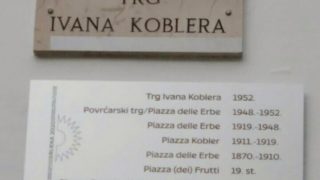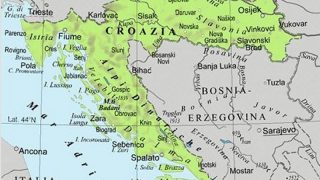Marina Cattaruzza – The Making and Remaking of a Boundary
martedì 08 novembre 2011
THE MAKING AND REMAKING OF A BOUNDARY
Marina Cattaruzza*
The Making and Remaking of a Boundary – the Redrafting of the Eastern Border of Italy after the two World Wars, [in] «Journal of Modern European History», vol. 9, 1/april 2011, pp. 66-86.
Abstract
This article deals with the changes to Italy’s eastern border between 1918 and 1954 and attempts to explain the reasons for its instability. In accounting for Italy’s failure to keep possession of the border territories, the following three factors are examined: 1) Italy’s position in the sphere of international relations, fatally weakened after the First World War by President Woodrow Wilson’s opposition to Italian claims to Dalmatia and his unwillingness to acknowledge her status as a great power; unlike after the Second World War, when Italy, though defeated, was able to recover Trieste back because of the Cold War and the introduction of a communist system in Yugoslavia, 2) the widespread processes of Nationalisation, which in the Habsburg era had involved the Italians, Slovenes and Croats living in the area, and 3) the structural weakness of the Italian state, which despite Fascist «statolatry» meant that Italy was incapable of maintaining control over the territories and which explains the disastrous military failures in the Second World War. The relationship between the centre (Rome) and the eastern periphery also helps to explain the rise to power of the Fascist movement and the failure of two attempts at a diplomatic détente with Yugoslavia, made by Fascist Italy in 1925 and 1937.
* Professore Ordinario Historisches Institut der Universität Bern










